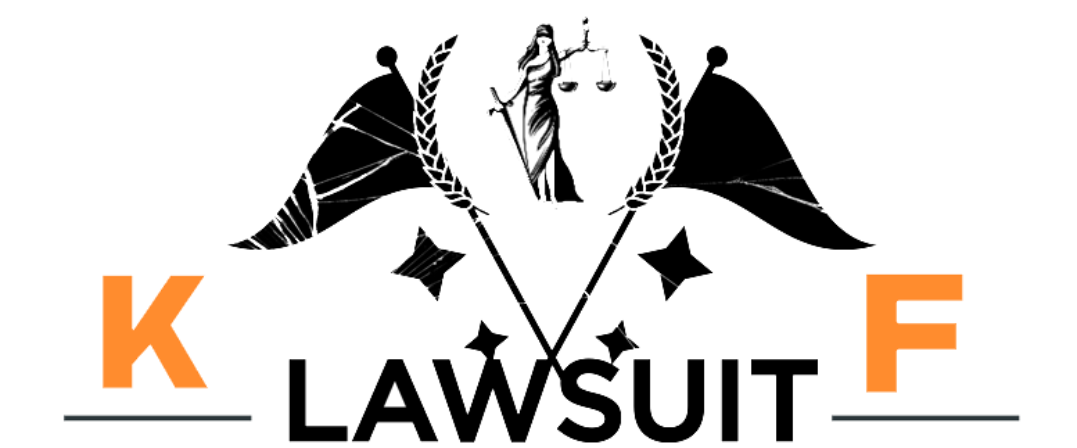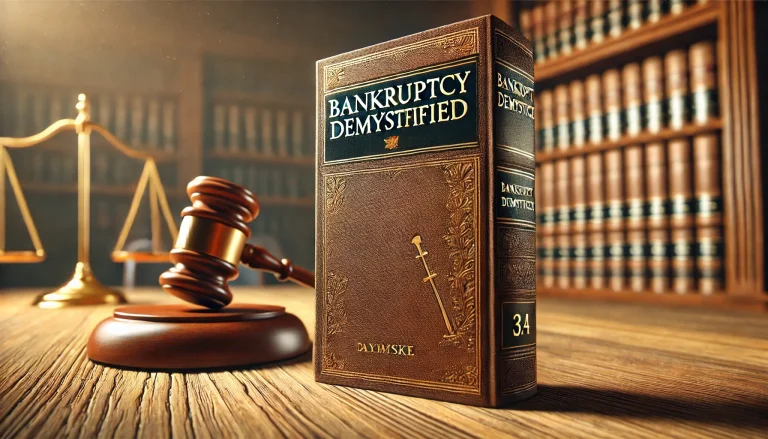Bankruptcy is a legal option that provides individuals and businesses a pathway to manage unmanageable debt, offering either a fresh start or a structured plan to repay creditors. While many people view bankruptcy as a last resort, understanding the process and the available options can help you make informed decisions about your financial future. This article explores the fundamentals of bankruptcy, the different types, the legal implications, and how to rebuild your financial life post-bankruptcy.
What Is Bankruptcy?
Bankruptcy Demystified is a legal process that allows individuals or businesses to resolve overwhelming debt under the protection of a federal bankruptcy court. It aims to provide relief for those who can no longer meet their financial obligations. Bankruptcy can involve liquidating assets to pay off debts or creating a repayment plan to manage the debt over time. It is governed by the U.S. Bankruptcy Code and offers various forms of protection to debtors while ensuring creditors recover a portion of what they are owed.
The two most common types of bankruptcy for individuals are Chapter 7 and Chapter 13, each offering distinct pathways to financial recovery.
Types of Bankruptcy: Chapter 7 and Chapter 13
- Chapter 7 Bankruptcy (Liquidation): This is often referred to as a “fresh start” bankruptcy. Under Chapter 7, a debtor’s non-exempt assets are liquidated to pay off unsecured debts, such as credit cards and medical bills The majority of outstanding obligations are forgiven after the procedure is finished.It is typically for individuals with little to no disposable income and few assets.
- Chapter 13 Bankruptcy (Reorganization): Chapter 13 is designed for individuals with regular income who wish to keep their assets, such as a home or car. Instead of liquidating assets, debtors create a court-approved repayment plan, lasting three to five years, to pay off some or all of their debts. Once the repayment plan is completed, any remaining qualifying debts may be discharged.
Who Qualifies for Bankruptcy?
Each type of bankruptcy has specific eligibility criteria:
- Chapter 7 Eligibility: To qualify for Chapter 7, individuals must pass the means test, which compares their income to the median income in their state. If your income is below the state median, you are eligible for Chapter 7. If it’s above the threshold, you may need to file under Chapter 13 instead.
- Chapter 13 Eligibility: Chapter 13 is available to individuals who have regular income and do not exceed the debt limits set by the Bankruptcy Code. As of 2023, unsecured debts must be less than $2,750,000 to qualify for Chapter 13.
The Bankruptcy Filing Process
Filing for bankruptcy involves several steps that require careful attention:
- Pre-bankruptcy credit counseling: Before filing, debtors are required to complete credit counseling with an approved agency. This ensures that they understand the implications of bankruptcy and have explored other debt relief options.
- Filing the petition: Bankruptcy begins when you file a petition with the bankruptcy court. This petition includes detailed information about your financial situation, including debts, assets, income, and a list of creditors.
- Automatic stay: Once the petition is filed, an automatic stay is put in place. This legal protection halts all collection activities by creditors, including lawsuits, wage garnishments, and foreclosure proceedings, giving debtors immediate relief.
- Trustee appointment: A bankruptcy trustee is assigned to your case. In Chapter 7, the trustee oversees the liquidation of non-exempt assets, while in Chapter 13, the trustee manages the repayment plan.
- Meeting of creditors: Known as the 341 meeting, this meeting allows creditors to ask questions about your financial situation. It is a necessary step in the bankruptcy procedure.
- Debt discharge: In Chapter 7, debts are discharged after assets are liquidated. In Chapter 13, the discharge occurs once the repayment plan is completed.
What Debts Can Be Discharged?
Not all debts can be discharged in bankruptcy. Here’s a breakdown of debts that can typically be discharged and those that cannot:
- Dischargeable Debts: These include unsecured debts such as credit card debt, medical bills, utility bills, and personal loans.
- Non-dischargeable Debts: Certain debts are not eligible for discharge. These include student loans (except in cases of extreme hardship), child support, alimony, most tax debts, and fines imposed by a government agency.
Exempt vs. Non-Exempt Assets
In bankruptcy, not all of your property is subject to liquidation. Exempt assets are those that you are allowed to keep, while non-exempt assets may be sold to repay creditors.
- Exempt assets: Each state has its own set of bankruptcy exemptions, but common exempt assets include:
- Primary residences (up to a certain value)
- Personal vehicles (within value limits)
- Retirement accounts (e.g., 401(k), IRA)
- Basic household goods
- Non-exempt assets: These may include vacation homes, expensive jewelry, valuable collectibles, and certain investments.
Understanding which of your assets are exempt is critical when considering bankruptcy.
The Impact of Bankruptcy on Credit
Bankruptcy has a significant, long-lasting impact on your credit score and financial reputation. The duration of a Chapter 7 bankruptcy is up to 10 years, but a Chapter 13 bankruptcy is up to 7 years. During this time, obtaining new credit, renting an apartment, or even securing a job can be more challenging.
However, bankruptcy also offers the opportunity to rebuild your financial life, free from overwhelming debt. While your credit score will be initially low after bankruptcy, you can start rebuilding by following positive financial practices.
Rebuilding Your Financial Life After Bankruptcy
Rebuilding your financial life after bankruptcy takes time and discipline. Here are steps you can take:
- Create a budget: A solid budget is essential for managing your finances and preventing future debt problems. Track all income and expenses, and make sure you prioritize necessary expenses.
- Start saving: Building an emergency fund helps you cover unexpected costs and prevents reliance on credit.
- Rebuild credit: Consider applying for a secured credit card to rebuild credit. Use it responsibly and make payments on time to slowly improve your credit score.
- Monitor your credit report: Regularly check your credit report to ensure there are no errors and that your bankruptcy filing is accurately reflected.
Alternatives to Bankruptcy
Before deciding to file for bankruptcy, it’s important to explore other debt relief options:
- Debt consolidation: This involves combining multiple debts into a single loan with a lower interest rate, simplifying repayment.
- Debt settlement: Negotiating with creditors to settle for a reduced amount can help lower overall debt.
- Credit counseling: Nonprofit credit counseling agencies can help you develop a debt management plan and provide guidance on managing your finances.
Exploring these alternatives can sometimes provide the relief you need without the long-term effects of bankruptcy.
Seeking Professional Help
Filing for bankruptcy is a complex legal process, and professional guidance can help you navigate it effectively. Working with a bankruptcy attorney ensures that you understand your rights and obligations, as well as the potential outcomes of your case. An experienced attorney can help you choose the right type of bankruptcy and ensure all necessary paperwork is filed correctly.
Conclusion
Bankruptcy is a powerful tool for individuals and businesses facing overwhelming debt. While the process can be intimidating, understanding the types of bankruptcy, the legal implications, and how to rebuild afterward can help you make informed decisions about your financial future. Bankruptcy is not a failure—it’s a chance to start over and regain control of your finances. By considering all your options, rebuilding your credit, and developing good financial habits, you can recover from bankruptcy and move toward a more secure financial future.


